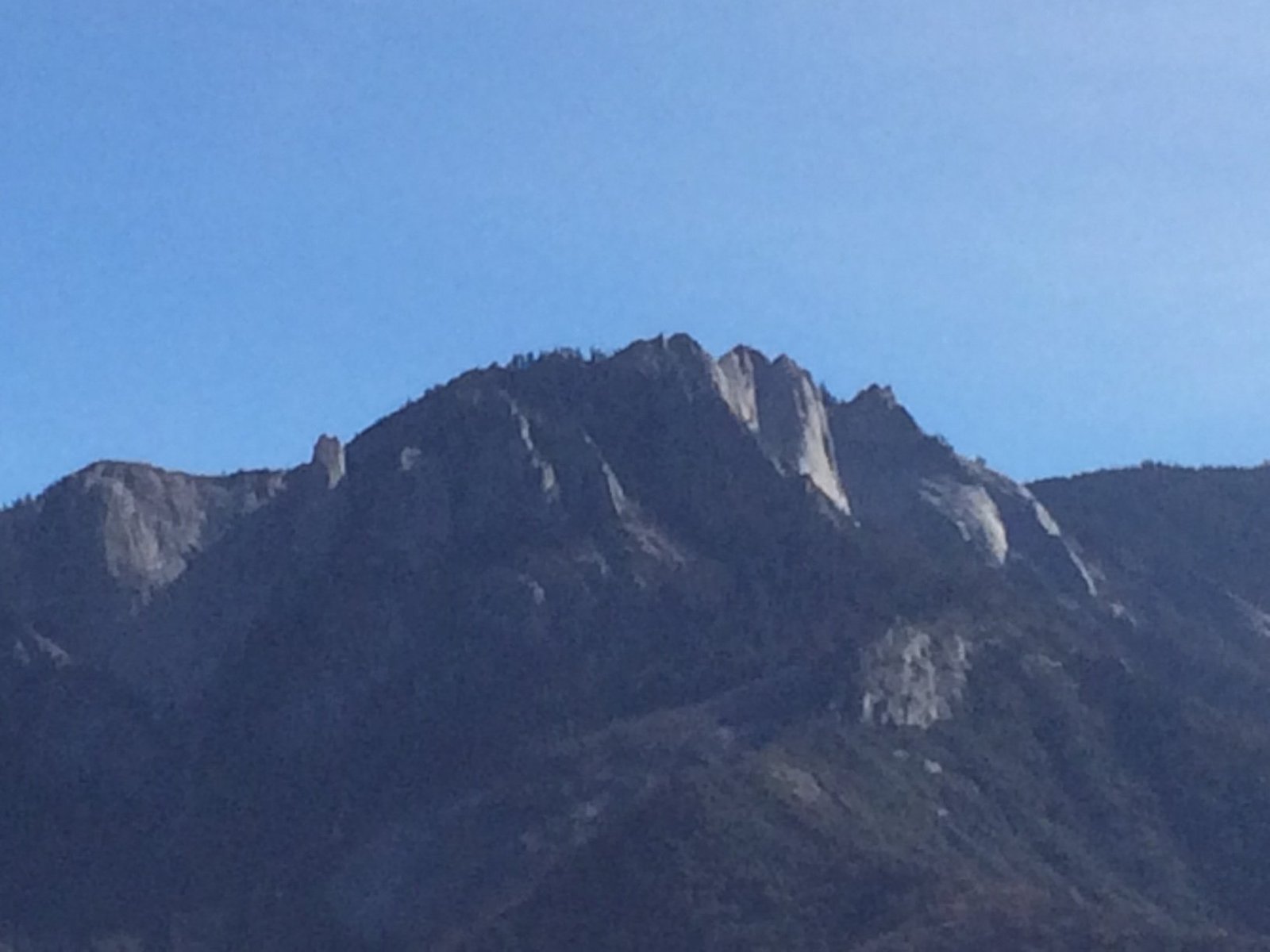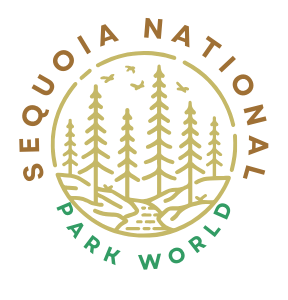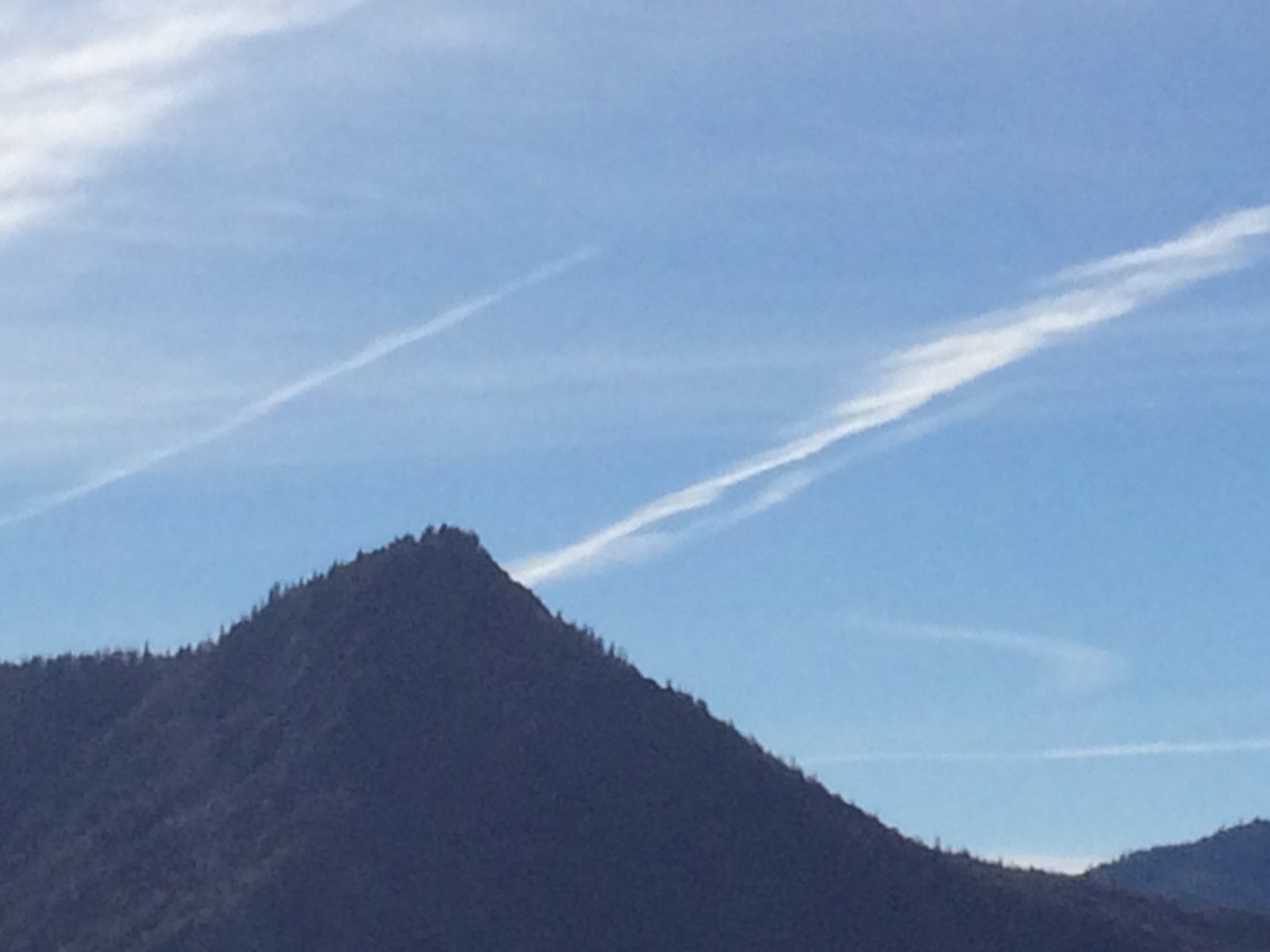Sequoia National Park, home to some of the world’s largest trees, presents unique challenges for trucks and large vehicles. The park’s famous Tunnel Log, carved from a fallen giant sequoia, exemplifies the delicate balance between preserving natural wonders and accommodating visitors. This article explores the intricacies of truck navigation, tree management, and vehicle restrictions within this majestic park.
What Are the Access Routes for Trucks in Sequoia National Park?

Navigating Sequoia National Park in a truck requires careful planning, especially when encountering areas affected by fallen trees. Here are the key points to consider:
-
Tunnel Log Access: The primary route impacted by a fallen tree is the Crescent Meadow Road, where the iconic Tunnel Log is located. This natural tunnel, created from a fallen sequoia, poses a unique challenge for larger vehicles.
-
Size Restrictions: Trucks exceeding 8 feet in height cannot pass through the Tunnel Log, which measures 8 feet tall and 17 feet wide.
-
Bypass Options: For vehicles too tall to fit through the Tunnel Log, a bypass road is available. This alternative route ensures that larger trucks can still access the area without damaging the natural formation.
-
Seasonal Considerations: The road leading to Tunnel Log is subject to seasonal closures due to snow. Typically, it opens around late May (usually by the Wednesday preceding Memorial Day) and closes when winter conditions make it impassable.
How Does the Park Handle Cleanup of Fallen Trees?

When a giant sequoia falls in Sequoia National Park, the cleanup process is carefully managed to minimize environmental impact:
-
Historical Approach: The Tunnel Log itself is a prime example of historical cleanup practices. When it fell in 1937, Civilian Conservation Corps (CCC) workers made the innovative decision to tunnel through the log rather than remove it entirely.
-
Current Conservation Practices:
- Preservation Focus: Today’s approach prioritizes maintaining the natural state of the park.
- Minimal Intervention: Fallen trees are often left in place unless they pose a significant hazard.
-
Ecosystem Consideration: If removal is necessary, it’s done with utmost care to minimize disruption to the surrounding ecosystem.
-
No Standard Timeline: There isn’t a set timeline for cleanup processes, as each situation is unique and requires individual assessment.
What Vehicle Restrictions Apply in Sequoia National Park?
Sequoia National Park imposes several vehicle restrictions to protect both visitors and the natural environment:
| Restriction Type | Details |
|---|---|
| Height Limit | Vehicles over 8 feet tall cannot pass through Tunnel Log |
| Weight | No specific weight restrictions mentioned, but roads are designed for standard passenger vehicles and smaller trucks |
| Seasonal Access | Winter closures limit access to hiking, snowshoeing, or skiing in certain areas |
Are There Recorded Incidents of Truck Damage from Fallen Trees?
While the park’s management practices focus on preserving natural features and ensuring visitor safety, specific data on truck damage incidents caused by fallen trees is not readily available. The emphasis is more on preventive measures and accommodations for larger vehicles rather than on damage statistics.
What Makes Sequoia National Park Unique for Truck Drivers?
Sequoia National Park offers a one-of-a-kind experience for truck drivers:
- Natural Tunnels: The Tunnel Log provides a unique driving experience, allowing vehicles to pass through a fallen sequoia.
- Scenic Routes: Despite restrictions, the park offers breathtaking views and routes suitable for various vehicle sizes.
- Historical Significance: Driving through areas like the Tunnel Log connects visitors with the park’s conservation history.
- Adaptive Management: The park’s approach to fallen trees and vehicle access demonstrates a balance between preservation and accessibility.
How Can Truck Drivers Prepare for a Visit to Sequoia National Park?
To ensure a smooth visit to Sequoia National Park, truck drivers should:
- Check vehicle dimensions against park restrictions
- Plan routes in advance, considering bypass options for larger vehicles
- Stay informed about seasonal road closures and conditions
- Respect park rules and guidelines to protect the natural environment
- Be prepared for limited turnaround spaces on some park roads
Sequoia National Park’s approach to managing fallen trees and accommodating trucks showcases the delicate balance between preserving natural wonders and providing access to visitors. By understanding the park’s unique features like the Tunnel Log and adhering to vehicle restrictions, truck drivers can safely navigate and appreciate the majestic beauty of one of America’s most iconic national parks.

